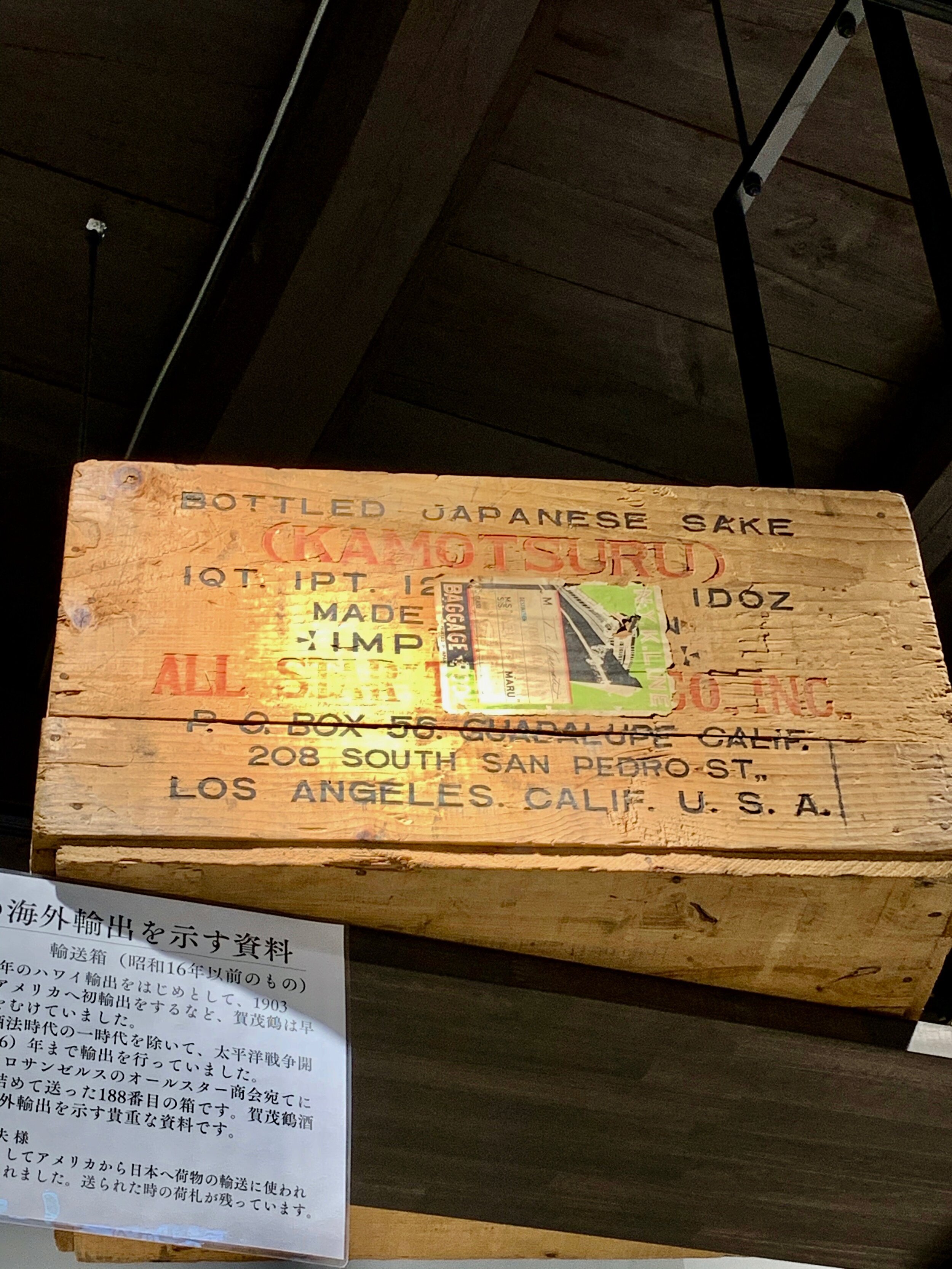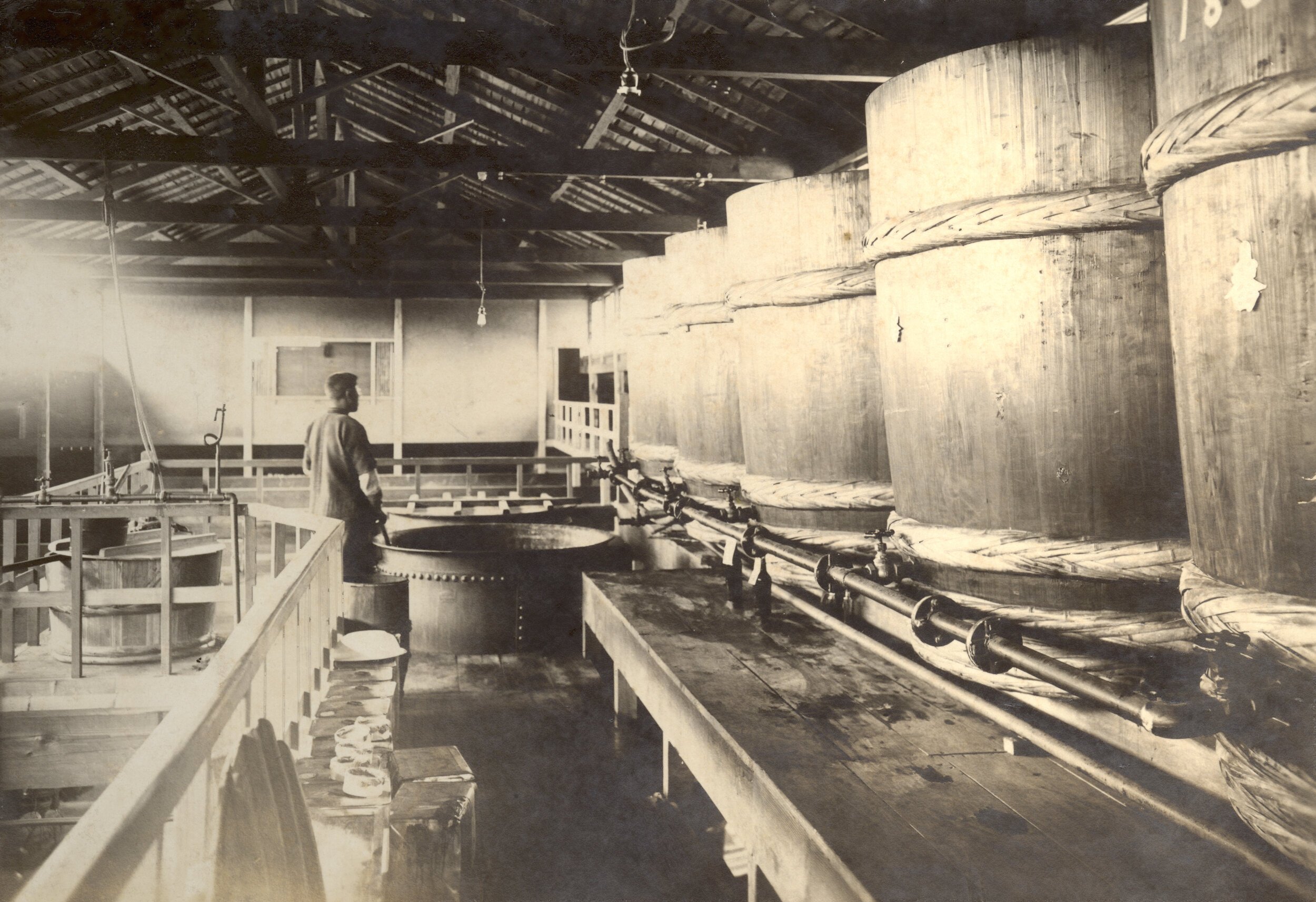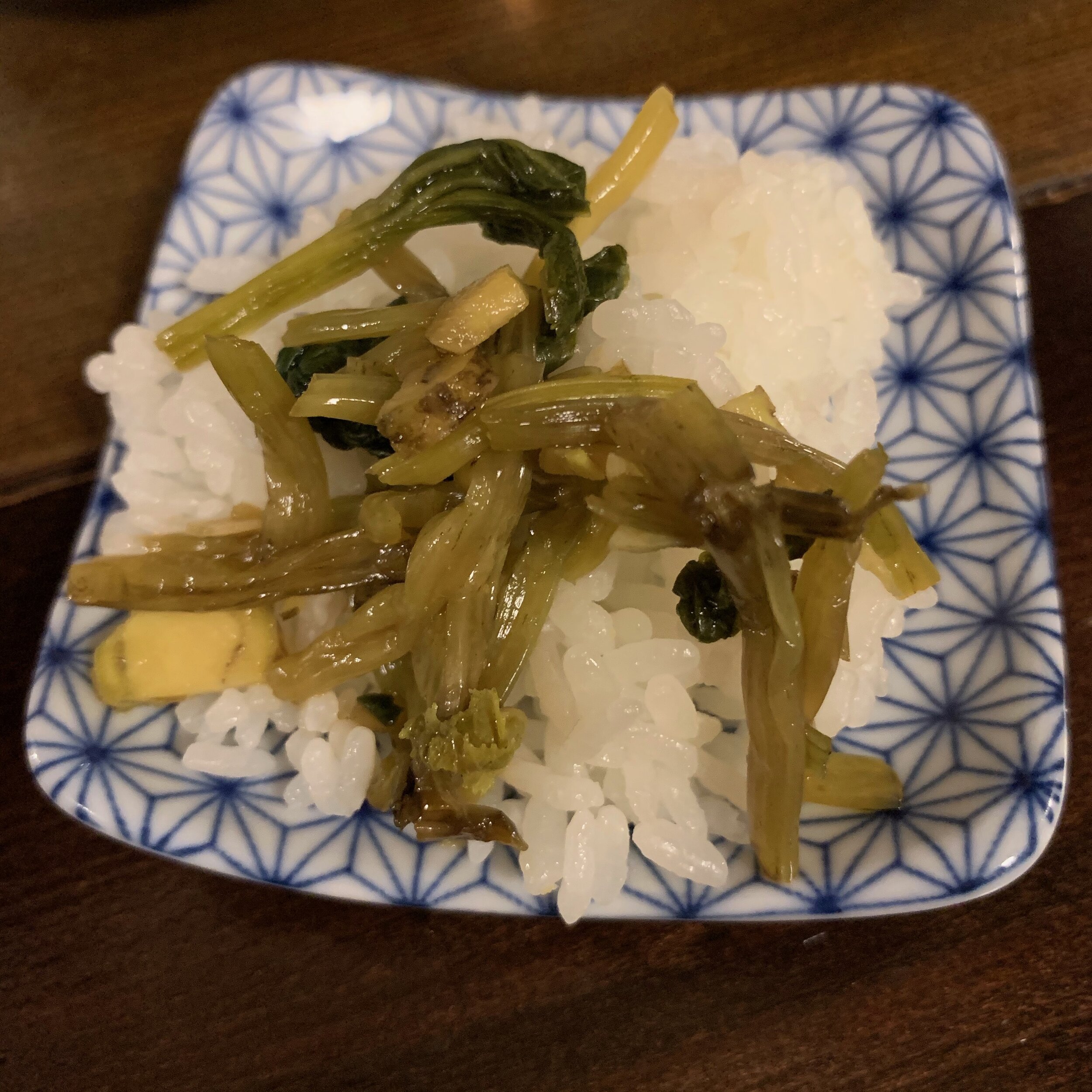Rice, Water, Earth: Notes on Sake
These posts are the continuation of my thoughts and reporting on sake for the James Beard award-winning Exploring the World of Japanese Craft Sake, which I co-wrote with sake sommelier and Sake Samurai Michael Tremblay.
When Did Sake Imports Arrive in America?
As thrifty Issei (first-generation Japanese immigrants) always did, one of them repurposed this crate—which was shipped from Japan filled with a dozen 1.8 liter bottles of sake, and shipped it to family back home in Okayama.
So, How Did You Get Into Sake? Exploring Sake Brewery Origins
While you might think that since sake, miso and soy sauce are all fermented products they require similar know how, they are actually fairly different.
The Quirkiest Brewery in Japan?
The main draw of the Dorome Festival, besides gorging on goby, is a drinking contest in which men and women compete to see who can drink the most Takagi sake in the shortest amount of time.
Sake Rice: Can You Really Eat It?
In general, people don’t eat sake sakamai (酒米), or sake rice….Since it’s both less appealing to Japanese palates and more expensive, you typically don’t see restaurants or home cooks serving dishes that feature sake rice. At least not until recently.
In Confinement, We Can Still Drink Sake
Since Covid-19 sheltering-in-place began in cities around the globe, I’ve been worried about so many things: the number of elderly who are being snatched from us by the virus; the brave front-line workers who are risking their own lives to save as many others as possible, and those in the hospitality industry who are mostly out of jobs now. In Japan, I am especially worried about the sake industry, which has been hit hard by the crisis.






